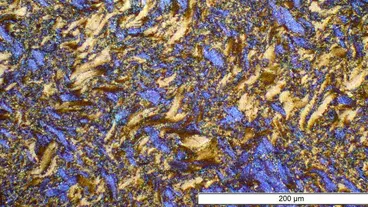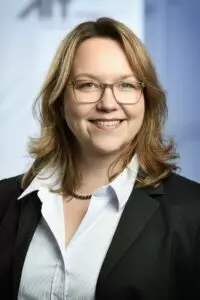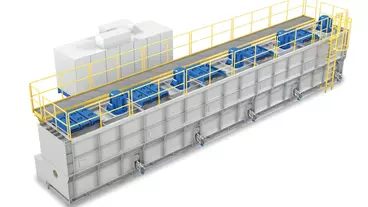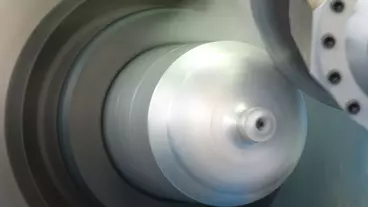Novel processing methods for magnesium forming

In the "Pro-Imagine" project, the LKR Light Metals Competence Centre Ranshofen is investigating new processing methods for magnesium forming.
As part of the exploratory project "Pro-Imagine" (Process Routes for Improved Magnesium wrought parts in Europe) funded by the FFG, the industrial processing of magnesium is to be facilitated by optimising forming processes and achieving significant energy savings.

Potential for energy savings
Material-based lightweight construction using magnesium offers significant potential for energy savings in operational use. Magnesium (Mg) can be obtained relatively cleanly and energy-efficiently from raw materials that are readily available worldwide using state-of-the-art technologies, and its low density and high specific strength offer strong lightweight design potential. However, material-based lightweight construction with magnesium is almost always associated with higher costs compared to heavier metals for structural applications (e.g. steel, but also aluminum).
Products made from Mg alloys still represent a niche application
While cast components made from Mg are now state of the art, formed products made from Mg alloys still represent a niche application. Rolled and extruded products (sheets, tubes, profiles) have become an indispensable part of modern lightweight construction and offer great potential for Mg alloys. However, especially in this area, Mg has significant disadvantages due to its inherently poor formability, the limited choice of alloys and the lack of process know-how, as a result of which it has not yet been possible to use it on a large scale.
By using Ca-containing Mg alloys in formed products, these issues can be successfully addressed, and a group of materials can be created that meets the numerous challenges posed to a modern, climate-friendly material. However, the disadvantage of this system is that little process knowledge is available and applicable process parameters are lacking. While these materials have not yet reached the processing industry, scientific considerations are limited to processing temperatures of 350°C and below. The low forming temperature results in poor formability and thus high process costs, making the material less attractive.
This is where the "Pro-Imagine" project (Process Routes for Improved Magnesium Wrought Parts in Europe) comes in: The aim of the researchers at the LKR Leichtmetalkompetenzzentrum Ranshofen is to extend the process window for Ca-containing Mg alloys to higher temperatures through material selection and suitable process control.

Otto Junker presents a new preheater, EcoJet, which in combination with the induction furnace JuDy offers a forward-looking solution for metal processing.

The new forming machine from Leifeld Metal Spinning allows production of aluminium hydrogen tanks that meet the requirements for hydrogen-powered vehicles.
With the acquisition of GIC Magnet, Ducab Metals Business aims to expand its range of products and strengthen its position in the global market.
